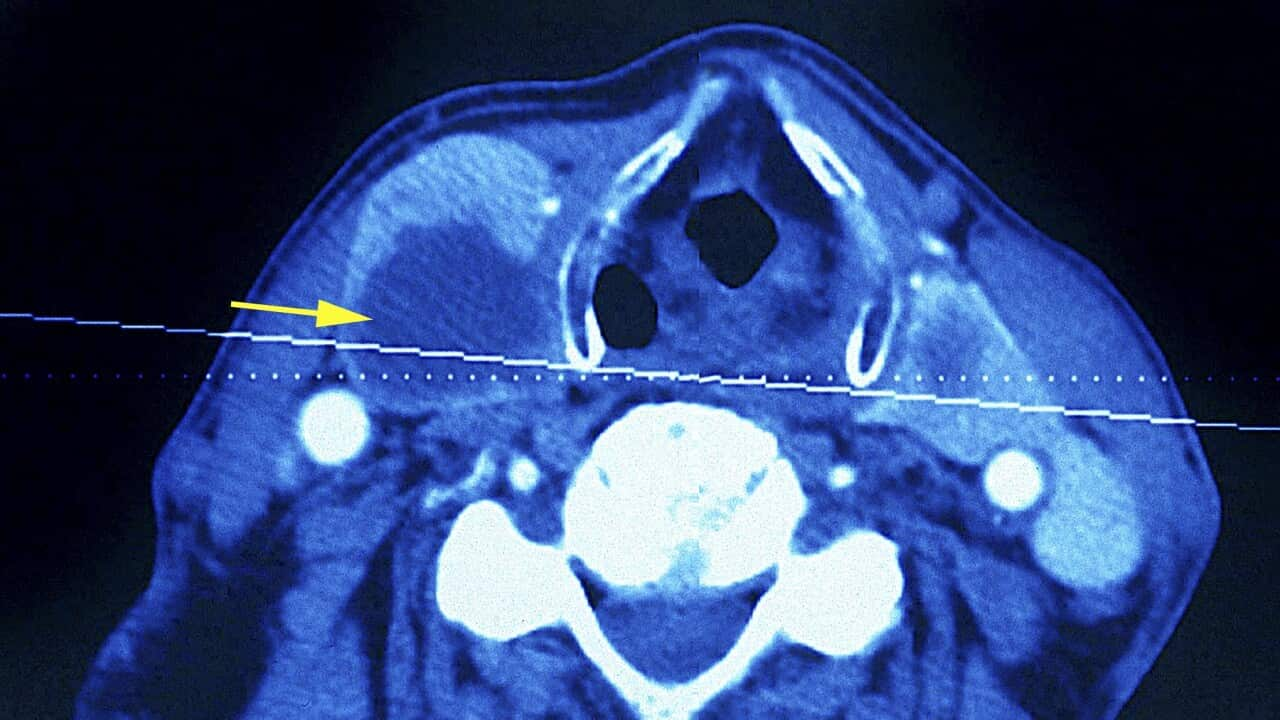Since the 1980s cancer has been in a steady decline in Australia, with a downward trend in both diagnoses and fatalities. Cancer in Australia 2021, a new report from the Australian Institute of Health and Welfare points to a number of reasons for the decline.
Since the 1960's, smoking rates have dropped, while early detection - thanks to improved screening for cancers such as bowel, breast and cervical cancers - is on the up, and therapeutic interventions have also continued to improve pronoses.
However the decline in death rates for men has been greater than for women.
Dr Carsten Palme, is the Director of Head Neck Surgery at the Chris O'Brien Lifehouse, a not-for-profit integrated cancer treatment centre in Sydney.
He says there could be a number of reasons for this.
"There are a couple of reasons why that may well be and one of the most common cancers in women is actually thyroid cancer, and we're seeing a huge increase in thyroid cancer diagnosis and that is really picking up a lot of incidental, small little tumours because of a lot of ultra stenography thats performed in the head and neck for various ailments, and if you look at the statistics, thyroid cancer is kind of going through the roof. And I guess the corollary with that is, is that those cancers do really well. People do really well with those types of cancers."
Dr Palme says that thyroid cancer isn't the only one with a significant increase amongst females. Oral cancers are being diagnosed specifically in younger women at a steadily increasing rate. Dr Justin Harvey, Head of the Cancer and Screening Unit at the AIHW and one of the authors of the report:
"The historical smoking trends for males and females have been quite different as well, so for males there's been a large decrease in smoking rates for quite a long time, whereas for females those decreases have been more recent, in more recent years."
Click on the player at the top of the page to listen to the feature in Punjabi.
SBS is committed to informing Australia’s diverse communities about the latest COVID-19 developments. News and information is available in 63 languages at




